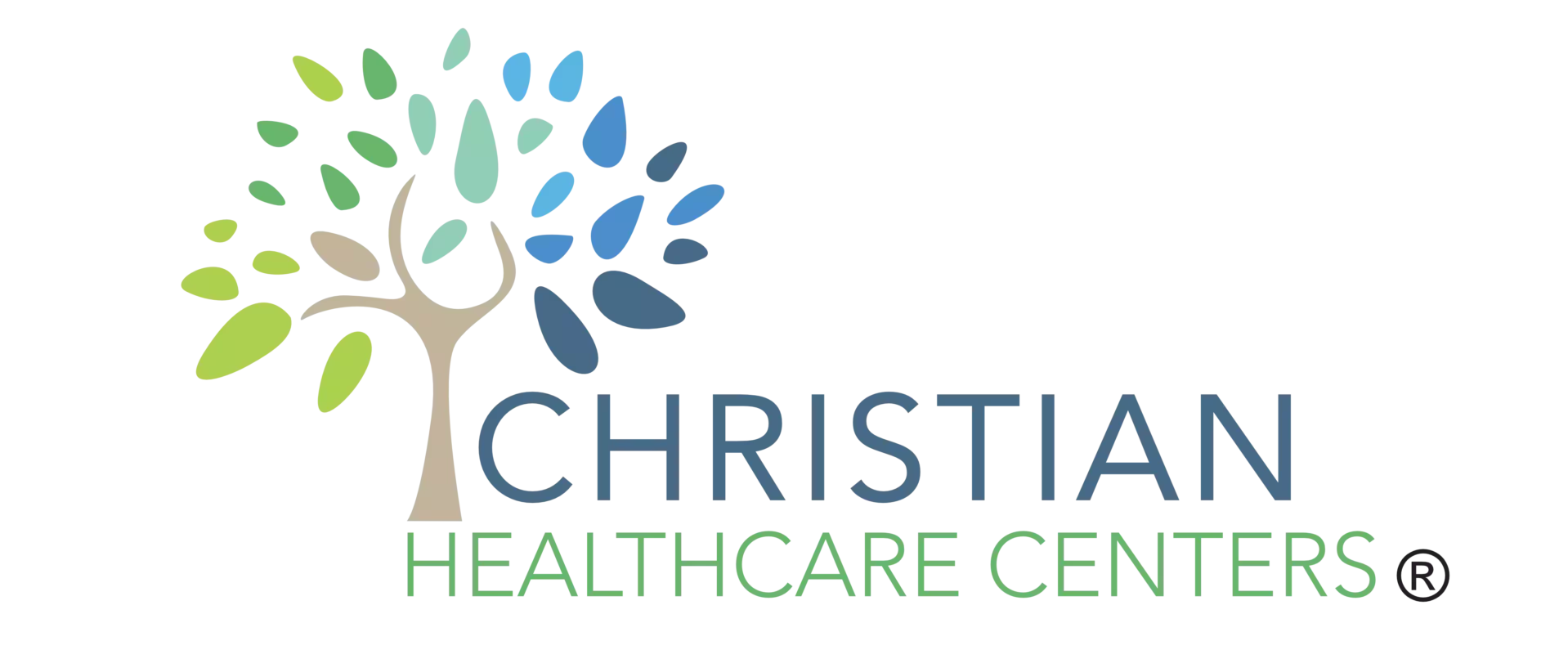Reduce healthcare costs substantially by forming strong partnerships with primary care providers. Enhance healthcare outcomes, boost communication, and improve preventive care measures. Strengthen patient-doctor relationships for higher adherence to treatment plans and increased patient satisfaction. Benefit from early detection and proactive chronic disease management for cost savings. Utilize effective communication tools like electronic health records and telemedicine platforms. Establish trust and open dialogue to reduce unnecessary costs. By partnering with primary care, you can not only cut costs but also improve patient outcomes and satisfaction.
Key Takeaways
- Primary care partnerships reduce unnecessary specialist referrals, lowering costs.
- Collaborative care plans prevent duplication of tests and procedures, saving money.
- Coordinated care streamlines services, reducing administrative expenses.
- Preventive care focus minimizes costly emergency room visits and hospitalizations.
- Patient education and empowerment lead to better health outcomes, reducing long-term expenses.
Benefits of Strong Patient-Doctor Relationship
Establishing a strong patient-doctor relationship enhances healthcare outcomes and reduces overall costs through improved communication and proactive preventive care measures. Improved trust between patients and doctors leads to increased patient satisfaction, which is an essential factor in determining the success of healthcare interventions. When patients trust their doctors, they’re more likely to adhere to treatment plans, follow medical advice, and engage in preventive health practices, ultimately resulting in better health outcomes and reduced healthcare costs.
Research indicates that patients who’ve a strong relationship with their primary care physicians are more satisfied with their care. This satisfaction stems from the sense of being heard and understood by their doctors, leading to a higher level of trust in the medical advice provided. This trust fosters a collaborative environment where patients feel empowered to take an active role in their healthcare decisions. As a result, patients are more likely to report positive experiences with their healthcare providers, leading to increased overall satisfaction with the healthcare system.
Improved Health Outcomes Through Connection
Patients who’ve a strong connection with their primary care physicians experience improved health outcomes, highlighting the substantial impact of interpersonal relationships on healthcare effectiveness. Improved communication between patients and their primary care providers leads to better health outcomes by enhancing the understanding of treatment plans and fostering trust in medical advice. When patients feel heard and understood, they’re more likely to adhere to their treatment regimens, leading to better management of chronic conditions and overall health improvement.
Personalized care, a cornerstone of primary care partnerships, plays an essential role in optimizing health outcomes. Through tailored treatment plans that consider individual preferences, lifestyles, and medical histories, patients receive care that’s specifically designed to meet their unique needs. This personalized approach not only improves patient satisfaction but also enhances treatment effectiveness and health outcomes.
Studies have shown that patients who feel connected to their primary care physicians are more likely to seek timely medical advice, adhere to preventive care measures, and engage in healthier lifestyle choices. This proactive approach to healthcare management reduces the likelihood of developing serious health complications and improves overall well-being. By fostering strong connections and providing personalized care, primary care partnerships can substantially enhance health outcomes and contribute to a healthier, more satisfied patient population.
Cost Savings From Preventive Care
The implementation of preventive care strategies yields significant cost savings in healthcare expenditures. Preventive interventions not only promote overall health and well-being but also result in substantial financial benefits. Here are four key cost-effective strategies that highlight the importance of preventive care:
Early Detection and Treatment: Preventive screenings such as mammograms, colonoscopies, and blood pressure checks can detect health issues in their early stages when they’re more manageable and less costly to treat.
Lifestyle Modification Programs: Encouraging healthy habits like regular exercise, balanced nutrition, and smoking cessation through preventive interventions can greatly reduce the risk of chronic diseases, thereby lowering long-term healthcare costs.
Vaccination Programs: Implementing vaccination initiatives for preventable diseases not only protects individuals from illness but also reduces the economic burden associated with treating these conditions.
Chronic Disease Management: Proactive management of chronic conditions through preventive care measures like regular check-ups and medication adherence can prevent complications, hospitalizations, and emergency room visits, leading to substantial cost savings in the healthcare system.
Enhanced Communication Enhances Care
To optimize healthcare outcomes and drive cost efficiencies, fostering enhanced communication channels among healthcare providers and patients is paramount. Effective communication strategies and robust care coordination play a pivotal role in delivering high-quality, cost-effective care. Studies have shown that improved communication leads to better patient outcomes, increased patient satisfaction, and reduced healthcare costs.
One key communication strategy is the implementation of electronic health records (EHRs) that allow seamless sharing of patient information among healthcare providers. This guarantees that all providers involved in a patient’s care are well-informed, leading to more coordinated and effective treatment plans. Additionally, regular communication through telemedicine platforms can enhance accessibility to care, particularly for patients in remote areas or with limited mobility.
Another important aspect of enhanced communication is fostering open and transparent dialogue between healthcare providers and patients. Encouraging patients to actively participate in their care decisions and making sure they understand their treatment plans can lead to better adherence and improved health outcomes. In addition, utilizing secure messaging platforms or patient portals can enable continuous communication between patients and providers, promoting proactive monitoring of health conditions and timely interventions.
Long-Term Savings From Early Detection
Early detection of health conditions not only improves patient outcomes but also leads to significant long-term cost savings in healthcare. By catching illnesses in their early stages, healthcare providers can intervene promptly, resulting in better prognosis and reduced treatment expenses in the long run.
Here are four key points highlighting the importance of early detection for long-term cost savings:
Prevent Disease Progression: Early intervention allows healthcare providers to address health issues before they escalate, potentially avoiding expensive treatments or hospitalizations down the line.
Lower Treatment Costs: Identifying conditions early often means less invasive and costly treatment options. For example, managing high blood pressure through lifestyle modifications is more cost-effective than treating advanced heart disease.
Improved Quality of Life: Timely detection not only saves money but also enhances patients’ well-being by preventing complications and reducing the impact of chronic diseases.
Enhanced Preventive Care: Early detection promotes a proactive approach to healthcare, focusing on prevention rather than reactive treatments. This shift can lead to significant cost savings by reducing the need for extensive medical interventions.
Building Trust for Better Healthcare
By fostering trust between patients and healthcare providers, a foundation for improved healthcare outcomes and cost-effectiveness can be established. Trust building is a fundamental aspect of patient engagement that markedly impacts the quality and efficiency of healthcare delivery. Research shows that patients who’ve trust in their healthcare providers are more likely to adhere to treatment plans, follow preventive care recommendations, and actively participate in shared decision-making processes. This high level of patient engagement leads to better health outcomes and reduces unnecessary healthcare costs associated with non-adherence or avoidable complications.
To build trust effectively, healthcare providers must prioritize open communication, empathy, and respect in their interactions with patients. Creating a safe and welcoming environment where patients feel heard and valued enhances their confidence in the care they receive. Additionally, involving patients in decision-making regarding their treatment plans empowers them to take ownership of their health, leading to improved compliance and overall satisfaction with the healthcare experience.
Furthermore, establishing trust through consistent and transparent communication helps alleviate patient anxiety, fosters long-term relationships, and encourages continuity of care. This continuity not only improves health outcomes but also reduces the likelihood of redundant tests, hospitalizations, and unnecessary procedures, ultimately contributing to cost savings for both patients and the healthcare system. To sum up, prioritizing trust building and patient engagement is key to achieving better healthcare results while reducing overall expenses.
Review
To sum up, forging strong partnerships between patients and primary care providers is like planting seeds for a healthier future. By investing in preventive care, fostering open communication, and building trust, healthcare costs can be slashed to a great extent.
The data shows that these relationships lead to improved health outcomes, early detection of issues, and long-term savings. Embrace the power of primary care partnerships to cultivate a flourishing landscape of cost-effective healthcare.


